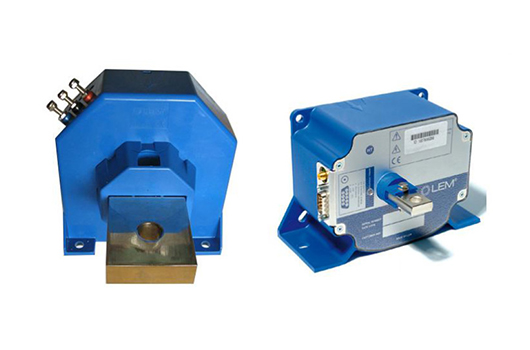
The traditional closed-loop current sensing technology is widely used in industry and automobile industry for its high precision. By applying proprietary packaging technologies and advanced integrated algorithms to complex and fully integrated current sensor ics, Allegro has developed entirely new magnetic current sensor ics capable of achieving near-closed-loop accuracy in an open-loop sensor architecture.
Open loop current sensor
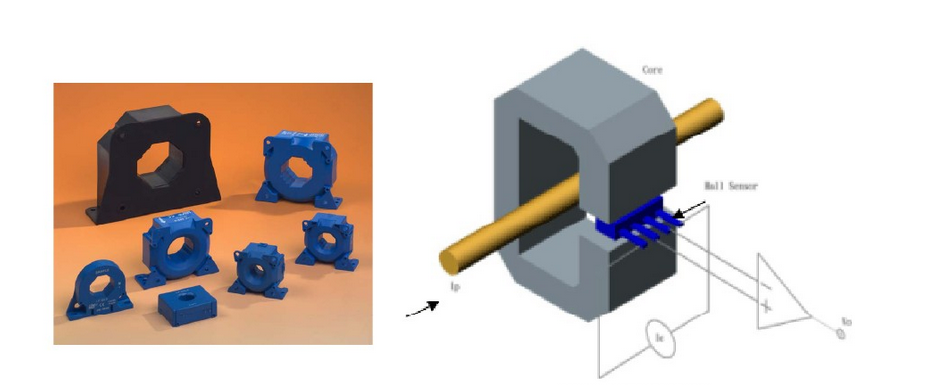
Typically, an open-loop Hall effect sensor will use a magnetic sensor to generate a voltage proportional to the current being sensed, which is then amplified into an analog signal output proportional to the current in the conductor. In terms of its structure, the conductor passes through the central position of the ferromagnet to concentrate the magnetic field, and the magnetic sensor is placed in the gap of the ferromagnet. In the open-loop architecture, any nonlinearity and sensitivity drift of the Hall effect current sensor IC to the temperature may generate errors.
Closed-loop current sensor
A closed-loop sensor uses a coil actively driven by a current sensor IC to generate a magnetic field that is opposite to the current in the conductor. In this way, the Hall sensor always operates at a zero magnetic field operating point. The output signal is generated by a resistor whose voltage is proportional to the current in the coil, which is also proportional to the current wound in the magnetic core coil.
Open loop VS closed loop
Loop current sensors require not only a ferromagnetic core, but also a coil and additional high-power amplifiers to drive the coils. Although the closed-loop current sensor is more complex than the open-loop architecture, the sensitivity error associated with Hall sensor IC is eliminated because the system operates at only one operating point, the zero magnetic field. Closed-loop and open-loop Hall effect current sensors usually have the same zero-amp output voltage performance if properly designed, so the zero-amp detection accuracy of both is very similar.
Closed-loop sensors are larger and require more PCB space than open-loop solutions. Because the closed-loop sensor needs a certain current to drive the compensation coil, the power consumption is higher. In addition, closed-loop sensors require additional coils and driving circuits and are more expensive than open-loop sensors.
-

The applications of electrical
Hello, today we will discuss the applications of electrical shunts and provide e...
2023-06-08 view+ -
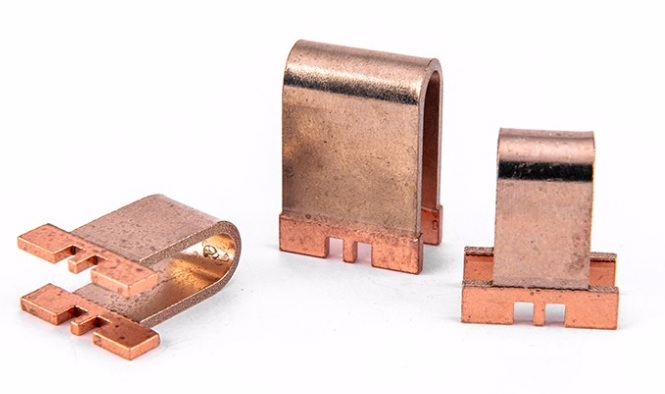
Selection of SMD resistance ac
Selection of SMD resistance accuracy:The higher the precision of resistance, the...
2023-03-17 view+ -
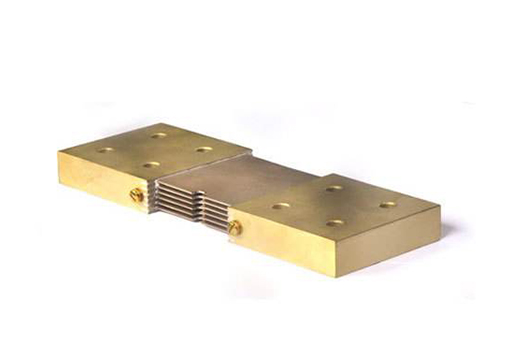
Power shunts
A power divider is an electronic component widely used in electronic circuits. I...
2023-05-20 view+ -
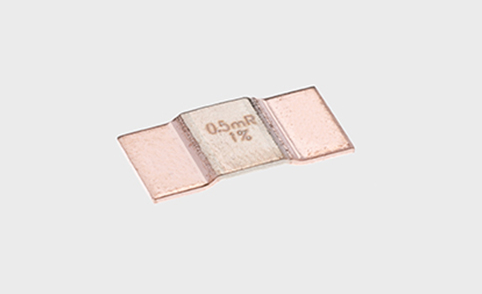
Comparison between SMD Shunts
Comparison between SMD Shunts and Current Sensors: Contrasting the Advantages, D...
2023-12-11 view+


